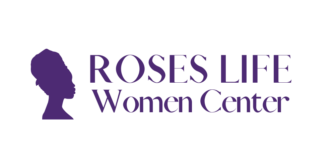Understanding Your Rights at Work
What is Workplace or Employment Discrimination?
We are all familiar with the word Discrimination, but do we know how it applies in the workplace and what it really means?
Workplace Discrimination is when an employee or job applicant is treated differently, unfairly, unequally or less favourable due to their personal characteristics. Discrimination happens at work, in schools, and in public spaces. Discrimination can come from teachers, coaches, friends, co workers, managers, and or business owners.
Canadians all have the right to be treated fairly and respectfully in their workplaces and be free from discrimination. Canada has laws and programs in place to protect this right.
Canadian Laws That Are Protecting You
The Canadian Human Rights Act prohibits discrimination on gender, race, ethnicity, disability and multiple other protected grounds. Canada’s Employment Equality Act and Federal Contractors Program require employers to take proactive steps to improve employment opportunities for underrepresented groups – including women, Indigenous peoples, persons with disabilities, and members of visible minorities.
These laws help to ensure all Canadians can be safe, included and respected at their jobs.
What is Prohibited?
Under Canadian Law, employees are not allowed to discriminate against an employee or applicant due to;
- Religion, National or Ethnic origin, colour, or race.
- Age.
- Sexual orientation, gender, gender identity or expression.
- Mental or physical disabilities.
- Indigenous identity.
- Genetic characteristics.
- A conviction which has been pardoned has been granted or record of suspended.
Types of Workplace Discrimination
- Harassment: Includes offensive, unwelcome behaviour, humiliation, intimidation, or anything that creates a hostile work environment.
- Hostile Work Environment: Where discriminatory actions and or comments create a hostile and or unwelcoming atmosphere for employees in their workplace.
- Indirect: When neutral policies or rules unintentionally give disadvantages to a protected group. Even if it isn’t intentional or planned.
- Direct: When it is obvious and based on someone’s protected characteristics. When it explicitly singles out a group.
How To Take Action?
If you believe you’ve been apart or seen workplace discrimination, there are different ways you can take action:
- Contact the “Canadian Human Rights Commission”:
– File a complaint with the Commission, which will be investigated.
– Deadline: Your complaint needs to be filed within 12 months of the incident. - Seek Internal Help:
– Report the incident or issue with the HR Department, Supervisor or Union Representative.
– Keep all records of the incidents and communications that are related to your complaint.
Supporting Women’s Rights at Work
Women to this day continue to face challenges in their workplaces. Gender Bias, pay inequality, harassment, and underrepresented leadership roles. Taking action and knowing your rights are key to creating a more fair, safe and inclusive workplace throughout Canada.
If you or someone you know is experiencing workplace discrimination, don’t stay silent. Contact the Canadian Human Rights Commission today and reach out to Roses Life Women Center for Confidential Support, Empowerment and Advocacy.
Everyone deserves equality, respect and to feel safe at work.


